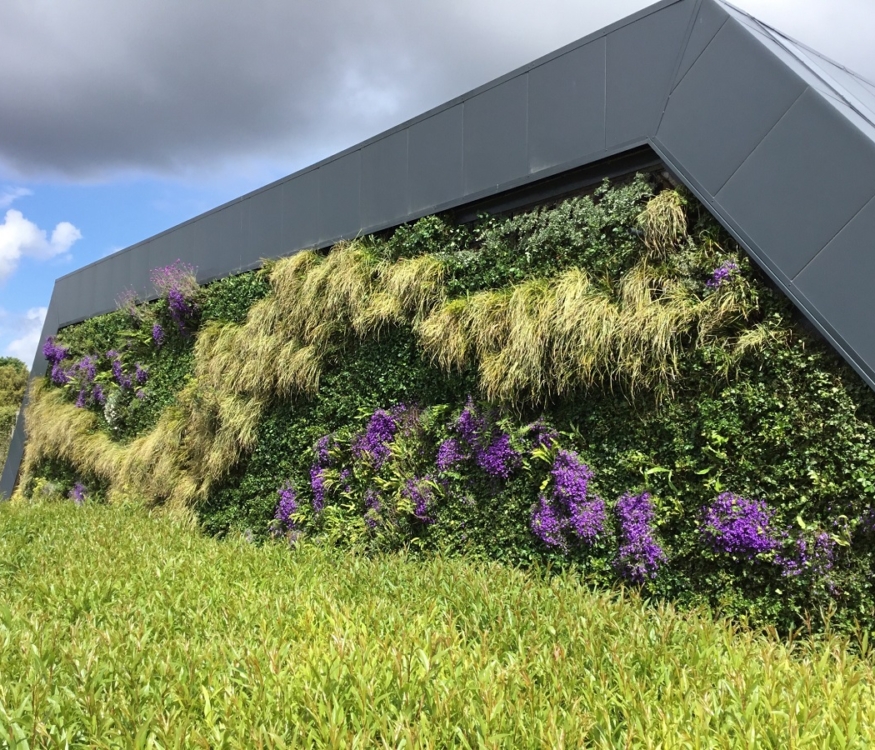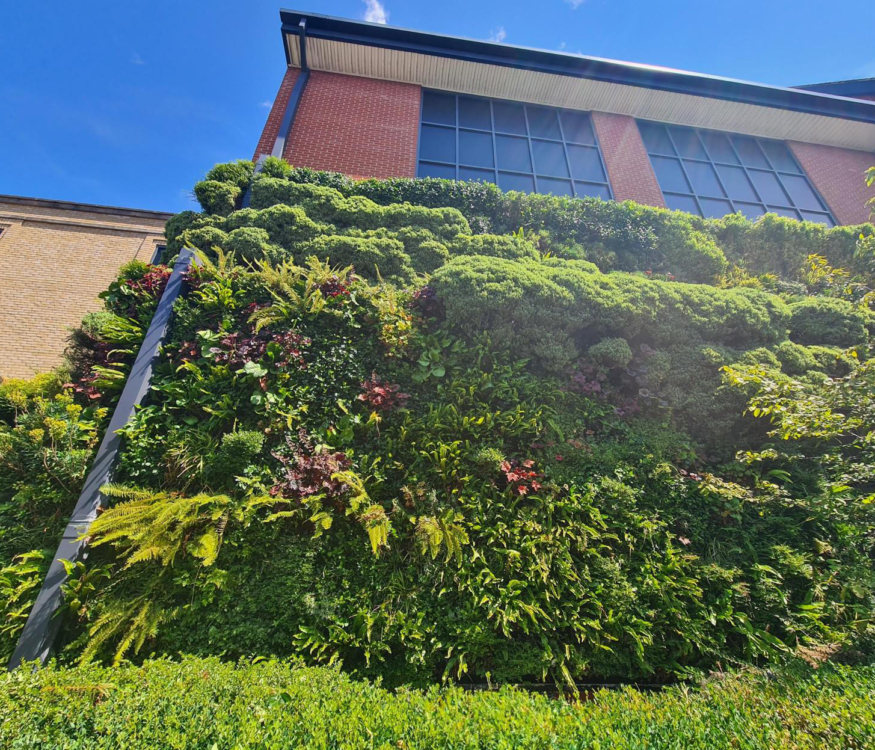This November representatives from the UK government will be attending COP29, the 29th United Nations Climate Change Conference taking place in Baku, Azerbaijan. The annual conference aims to tackle climate change, and each conference is an important opportunity for international collaboration.
One of this year’s declarations will be the MAP for Resilient and Healthy Cities which we hope will deepen discussions about the importance of nature for creating resilient cities. To tackle climate change, countries must reduce carbon emissions, but we must also focus on adapting for the future.
We believe nature has an important part to play in helping cities withstand rising temperatures and more extreme weather and to keep urban areas liveable and enjoyable.
1. Nature helps regulate temperatures in urban areas
As cities grow, concrete, steel, and other materials that absorb and retain heat contribute to the “urban heat island” effect. This phenomenon causes cities to become significantly warmer than surrounding rural areas. By retaining and incorporating green features like parks, trees, living walls and green roofs we can help keep urban areas cool naturally. As well as absorbing heat, plants release moisture into the air through a process called evapotranspiration, which helps to lower surrounding temperatures.
2. Biodiversity brings balance and resilience
Considering nature in urban planning helps create a balanced ecosystem, attracting insects and wildlife. Flowering plants in particular support pollinators which are essential for our food chain.
3. Green Infrastructure reduces flood risks
As extreme weather events become more common, flooding is a serious risk for urban areas. Green infrastructure like trees, parks and green roofs slow down rainfall, helping to manage stormwater and reducing the burden on drainage systems. Natural solutions like rain gardens and permeable surfaces also allow rain to infiltrate the ground, minimising runoff. By using these methods, cities can mitigate flood risks and create safer, more resilient urban environments.
4. Improving air quality with plants
Air pollution is a significant health concern in many urban areas, exacerbated by vehicle emissions, industrial activities, and construction. In cities air pollution can get trapped within streets. Plants are natural air purifiers, absorbing pollutants and releasing oxygen. Incorporating green walls into cityscapes can help to improve air quality and reduce harmful particulates in the air, benefiting public health.
5. Green spaces boost mental and physical wellbeing
Nature in urban spaces doesn’t just serve environmental purposes; it’s also crucial for human health. Studies show that green spaces reduce stress, enhance mood, and encourage physical activity. By integrating green elements into urban planning, we create environments that promote physical and mental wellbeing, which is essential as cities become denser and busier.
Looking Forward
As COP29 attendees discuss strategies to address climate change, we hope the role of nature in creating resilient, healthy cities remains a top priority. By harnessing green infrastructure, we can make urban environments more sustainable, adaptable, and pleasant for everyone. The MAP for Resilient and Healthy Cities will hopefully encourage cities worldwide to prioritise nature-based solutions and embed urban greening into their climate adaptation strategies.
We’re excited to see how COP29 can drive change in urban planning and look forward to supporting these efforts through our continued work in urban greening and sustainable development. Together, we can create cities that thrive in harmony with nature.




